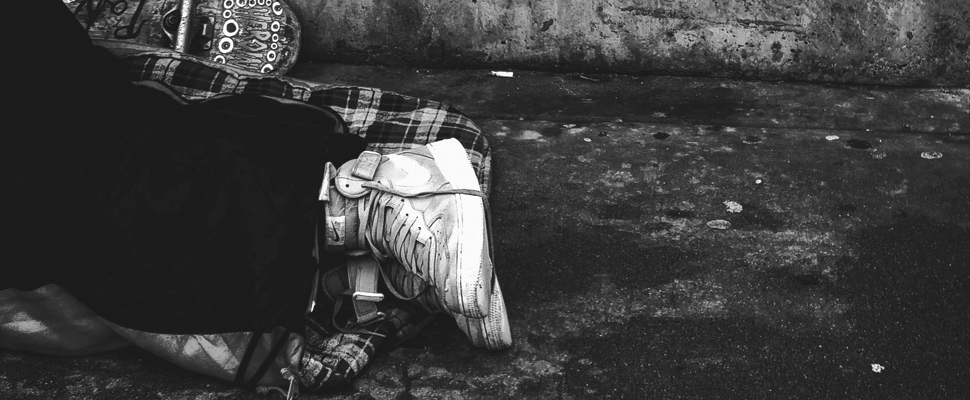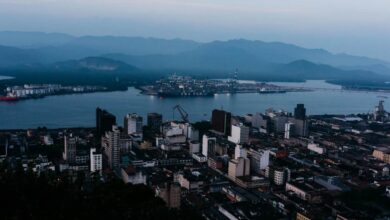Human Development Report: we are far from an equal world
The 2019 Human Development Report (HDR), entitled “Beyond income, beyond averages, beyond today: inequalities in human development in the 21st Century,” highlights the fact that even though the gap in the basic living standards is getting smaller in many parts of the world, people are looking now for other things that go beyond business in order to flourish.

Feet of a person lying on the street floor. / Photo: Pexels – Reference image
The Woman Post | Luisa Fernanda Báez Toro
Listen to this article
Leer en español: Informe de Desarrollo Humano: estamos lejos un mundo igualitario
Recently, people in countries like Chile, Colombia, and Bolivia have been taking the streets to protest against the government. Latin America has tried to significantly reduce poverty over the last two decades but there are many doubts about the general discontent on people.
As read on The Washington Post, the U.N. Development Report solves this doubt by concluding that what is going on now is due to a new kind of inequality, "no longer distinguished as much by income, but rather by the lack of equity, environmental development, and gaps in technology and education".
“Different triggers are bringing people onto the streets — the cost of a train ticket, the price of petrol, demands for political freedoms, the pursuit of fairness and justice. This is the new face of inequality, and as this Human Development Report sets out, inequality is not beyond solutions,” says United Nations Development Programme Administrator, Achim Steiner.
Actually, Luis López-Calva, the UNDP’s director for Latin America and the Caribbean, told the Associated Press that after sub-Saharan Africa, Latin America is the second most unequal region in the world.
“Inequality in a context of economic growth, as there had been, generated aspirations that haven’t been satisfied. Other manifestations of inequality are more evident, like segregation, lack of social mobility, not having a voice in politics", he stated to the site.
“This Human Development Report sets out how systemic inequalities are deeply damaging our society and why,” said Steiner. “Inequality is not just about how much someone earns compared to their neighbor. It is about the unequal distribution of wealth and power: the entrenched social and political norms that are bringing people onto the streets today, and the triggers that will do so in the future unless something changes. Recognizing the real face of inequality is a first step; what happens next is a choice that each leader must make.”
Also read: Saudi women keep moving forward to end segregation
How are women doing?
According to the report, it would take at least 202 years to close the gender gap in economic opportunity, making it impossible to achieve gender equality by 2030.
Aso, in half of the countries assessed, gender bias has grown in recent years: "about fifty percent of people across 77 countries, said they thought men make better political leaders than women, while more than 40 percent felt that men made better business executives", says UNDP.
The report also stated that no place in the world has gender equality. In Sub-Saharan Africa 1 in every 180 women giving birth dies, and adult women are less educated, have less access to labor markets than men in most regions and lack access to political power.
"In developing countries, most women who receive pay for work are in the informal sector. Countries with high female informal work rates include Uganda, Paraguay, Mexico and Colombia, where more than 50 percent of women are protected by minimal regulations; have few or no benefits; lack voice, social security and decent work conditions; and are vulnerable to low salaries and possible job loss", highlights the Index.
Finally, more than a third of women have experienced physical or sexual violence inflicted by an intimate partner or sexual violence inflicted by a nonpartner, but this is usually underestimated because of stigma, denial, mistrust of authority and other barriers to women reporting an incident.





